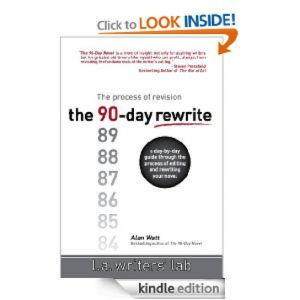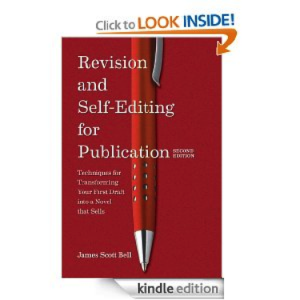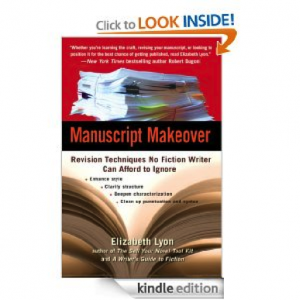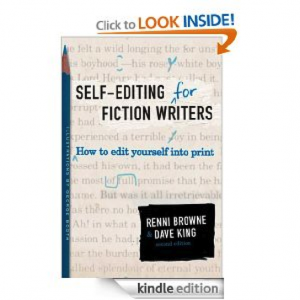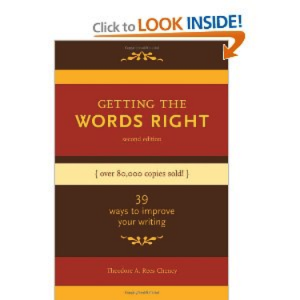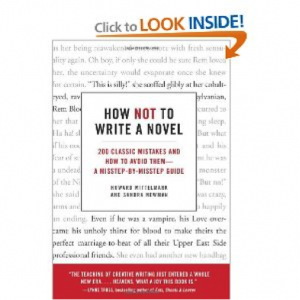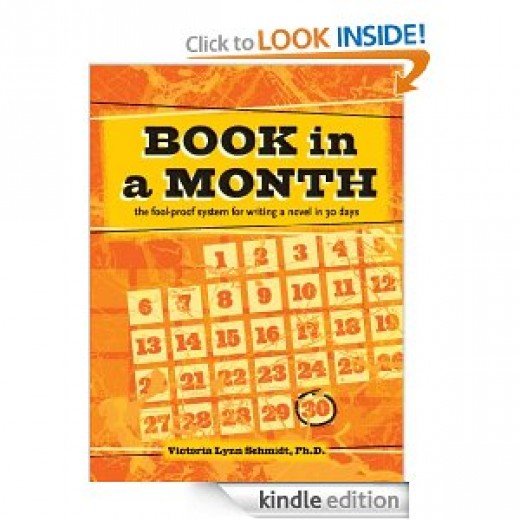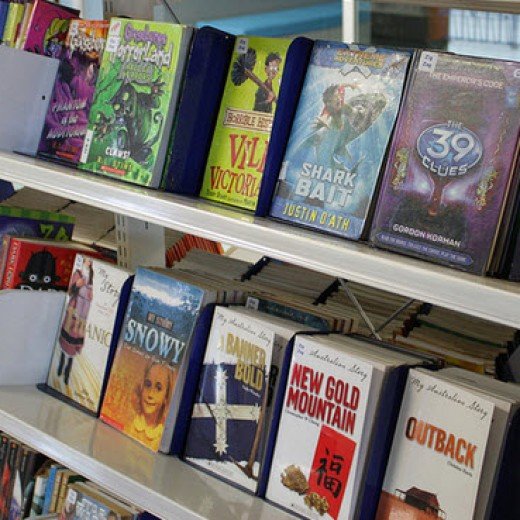Scribe Supplies: Writerly Tools for Success: Revising Your Novel by Tiffany Turpin Johnson
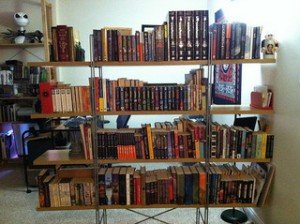 Welcome back to Tiffany Turpin Johnson, a kidlit writer and editor whose monthly column, Scribe Supplies: Writerly Tools for Success, brings you the best in all types of tools for professional writers. Today she shares the best resources for revising your novel.
Welcome back to Tiffany Turpin Johnson, a kidlit writer and editor whose monthly column, Scribe Supplies: Writerly Tools for Success, brings you the best in all types of tools for professional writers. Today she shares the best resources for revising your novel.
***
Rewrite Resources
I can hear the groans already. Writers, by nature, love to write. What we don’t love is to rewrite. But no writer ever wrote the perfect novel on the first try. Which means revision is a necessary evil for us. It’s one of the most difficult, and most essential, parts of the writing process. If you’re scratching your head just thinking about where to start, stop scratching and pick up your red pen. There are great guidebooks to help writers of all types and talents get started. Scroll down for my top picks (and click on the book cover to check it out on Amazon.
For the regimented rewrite: The 90-Day Rewrite: The Process of Revision by Alan Watt (The 90-Day Novel Press, 2012)
From the creators of The 90-Day Novel system comes The 90-Day Rewrite, the revision handbook for the regimented writer who wants to put a strict timeline on the editing process. For fans of The 90-Day Novel, Rewrite is a logical conclusion, since it follows the same basic path as the original. There are daily entries, divided by week, with specific reading and exercises for each of the 90 days. In theory, at the end of three months, you’ll have a publication-ready novel with a hero’s-journey structure.
For the novice novelist: Revision and Self-Editing for Publication: Techniques for Transforming Your First Draft into a Novel that Sells by James Scott Bell (Writer’s Digest Books, 2012)
James Scott Bell is a master of writing craft books. This one includes all the big-picture revision items and, although geared mainly toward beginning to moderate writers, can still be used as a checklist by advanced writers. Now in its second edition and with multiple rave reviews, Bell’s guide is the perfect one for a first novel revision.
For a manuscript overhaul: Manuscript Makeover: Revision Techniques No Fiction Writer Can Afford to Ignore by Elizabeth Lyon (Perigree, 2008)
Accomplished writing handbook author Elizabeth Lyon offers a rigorous tome for writers of all levels. The size of the book can look daunting, but Lyon offers not only a step-by-step guideline for the revision process and a plethora of tips for honing that elusive thing known as style, but also includes checklists at the end of each chapter to help you work forward. There are even short bits on copyediting and marketing at the end.
For tackling the big picture: Self-Editing for Fiction Writers, Second Edition: How to Edit Yourself into Print by Renni Browne & Dave King (HarperCollins, 2010)
This one is a personal favorite of mine. At less than 250 pages, the book feels complete without feeling oppressive. Alongside chapters on such big-picture biggies as voice and dialogue are checklists, exercises for honing craft, and an appendix suggesting further reading. I make copies of the checklists to use for each novel I write.
For Type A line edits: Getting the Words Right: 39 Ways to Improve Your Writing by Theodore Cheney (Writer’s Digest Books, 2005)
Cheney picks up where the copyeditor left off. If you feel you’ve got a good grip on the big-picture stuff, like characters and plot, Getting the Words Right will do exactly as its title suggests and help you hone your sentences to perfection. Its three major sections—Reduce, Rearrange, and Reword—cover the nitty-gritty details of line editing, from shearing superfluous words to eliminating misspellings.
For the reluctant revisioner: How Not to Write a Novel: 200 Classic Mistakes and How to Avoid Them—A Misstep-by-Misstep Guide by Howard Mittelmark & Sandra Newman (William Morrow Paperbacks, 2008)
If you’d rather pull your own toenails off than revise–much less read about revising–this fun guidebook will help you trudge through the process with all toenails intact. Less a manual for revision that a satire on writing, its short snippets and organized chapters will help you learn all about the don’ts of noveling, with a comic tone and hilarious examples of bad writing that’ll keep you snickering all the way.
What resources have helped you through the revision process? Tell us in the comments!
***
 ABOUT THE AUTHOR: Tiffany Turpin Johnson is a novelist represented by Annie Bomke Literary Agency, and operates TJ Writeography, a freelance writing and photography service. She regularly contributes to various blogs, and serves as Senior Editor for Entranced Publishing and Assistant Editor for Compose Literary Journal. Find her at www.fictiffous.com and on Twitter at @Fictiffous.
ABOUT THE AUTHOR: Tiffany Turpin Johnson is a novelist represented by Annie Bomke Literary Agency, and operates TJ Writeography, a freelance writing and photography service. She regularly contributes to various blogs, and serves as Senior Editor for Entranced Publishing and Assistant Editor for Compose Literary Journal. Find her at www.fictiffous.com and on Twitter at @Fictiffous.

